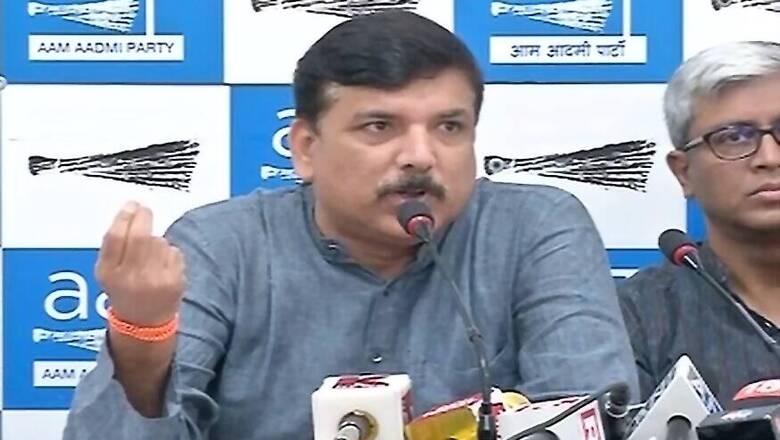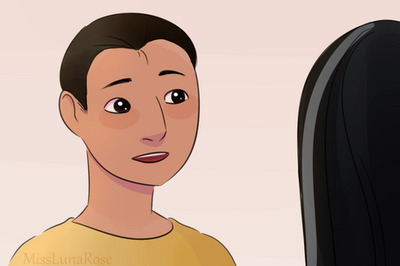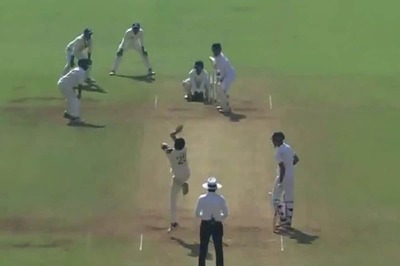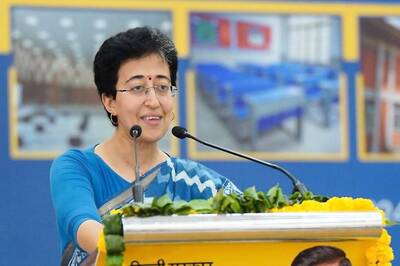
views
New Delhi: Aam Aadmi Party’s unobtrusive and low key foray in Uttar Pradesh local elections resulted in the party bagging 44 seats across various bodies.
The tally has taken the party in fifth position after BJP, BSP, SP and Congress. The party was ahead of MIM, RLD, NCP, RJD, JD (U), CPI and CPM.
The party has roped in six independents and hopes that more will join it in the coming days.
AAP’s UP in-charge Sanjay Singh said that the results “were encouraging, especially considering that UP politics is dominated by caste, religion, mandir-masjid, the challenge for AAP was to take up issues such as health and education and yet register its presence”.
After losing Punjab to the Congress in February assembly elections and to BJP in Delhi’s municipal elections, AAP had lost momentum.
From ‘fight to win’ approach to ‘fight to establish foothold’, the party has now recalibrated its strategy. In UP local polls, party contested on just 3400 seats, 12% of total seats. In areas where it has organizational strength, district and zonal committees were given full freedom on selecting candidates, raising resources under the leadership of Singh.
In Gujarat, AAP’s low-decibel 33 seats campaign in Gujarat is a far cry from its ambitions a year ago.
The Delhi team, though present in Uttar Pradesh, took a back seat with leaders and MLAs from Delhi campaigned in the state according to demands that came from local units.
AAP leader Ashutosh, who campaigned for 20 days, said, “For the first time in local elections, AAP released a 27-point manifesto which prompted BJP to come up with a ‘sankalp patra’ later’. AAP Chief Arvind Kejriwal did not campaign but neither did rival party chiefs, Akhilesh Yadav and Mayawati. However, CM Yogi Adiytanath was the exception.”
AAP’s campaign focused on issues of health, education, women’s safety, law and order and farmers’ distress. Singh said, “In our door to door campaign we talked about the work of Delhi Government, about mohalla clinics, ‘paani maaf and bijli half’ , toilets for women in public places, CCTVs in public places , Rs 50,000 per hectare compensation for farmers, commitment to fight corruption and promised to bring the ‘Delhi model in UP’. The icing on the cake was winning two wards in Sonia Gandhi’s Rae Bareli and Chairman in the back- of- the- beyond Bundelkhand.
Questioning the ‘BJP wave’ in UP local elections, Singh said, “Wherever EVMs were used, they won 14 of the 16 mayoral posts and 46% of parshads. But look at places were ballot papers were used. In nagar palikas, of 198 adhyaksh posts, they won 68 but lost 127. Similarly, of 5762 nagar palika parshad sadasya posts, they won 914 but lost 4303. Of 5390 nagar panchayat posts, BJP won 662, lost 4727 and finally, out of 438 nagar panchayat adhyaksh posts, BJP won just 100 and lost in 337.” He added that the BJP graph is falling rapidly.
As of now, there is no decision on whether AAP will contest on all 85 seats in the state in 2019 Lok Sabha polls. For now, the he party will focus on getting boots on the ground in a quarter of Uttar Pradesh while its winning candidates raise people’s issues. The AAP will try and provide a ‘strong and honest’ political alternative in Uttar Pradesh.
Looking ahead, AAP is on the lookout for allies across the country with an aim of teaming up. Singh, also a PAC member, said, “We have no issues in allying with those with a clean image like the way we aligned with the LIP in Punjab-we gave them six seats. If we get such forces in any state, we are open minded about it. We are in the process of identifying forces that are non-Congress, non BJP and have a clean image.”




















Comments
0 comment